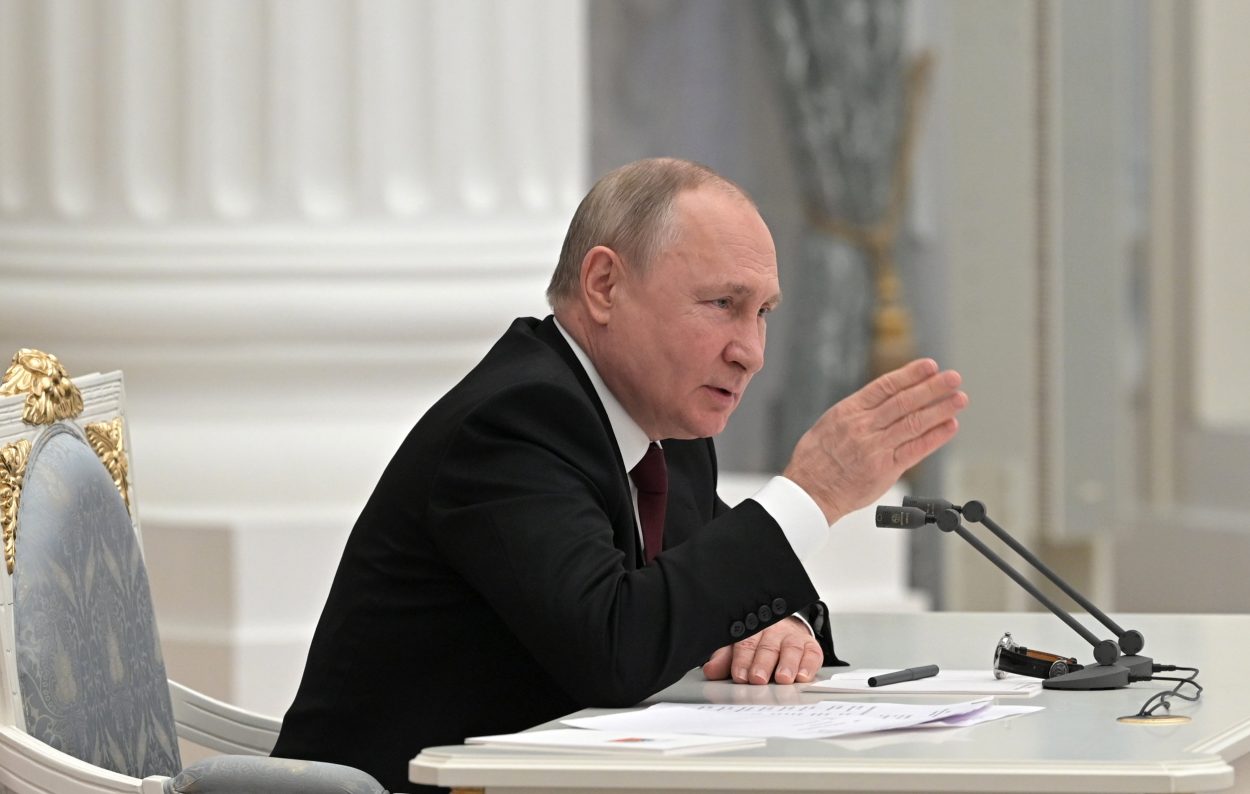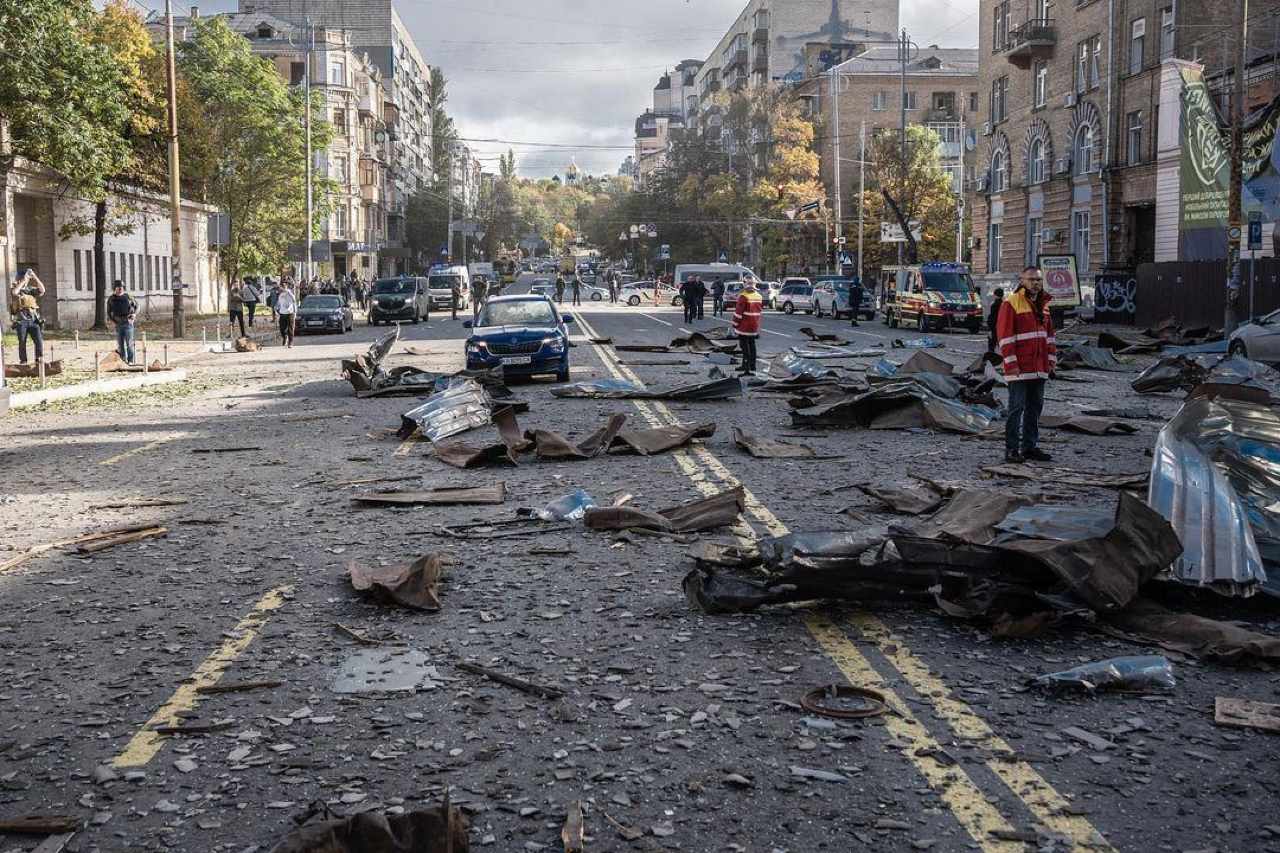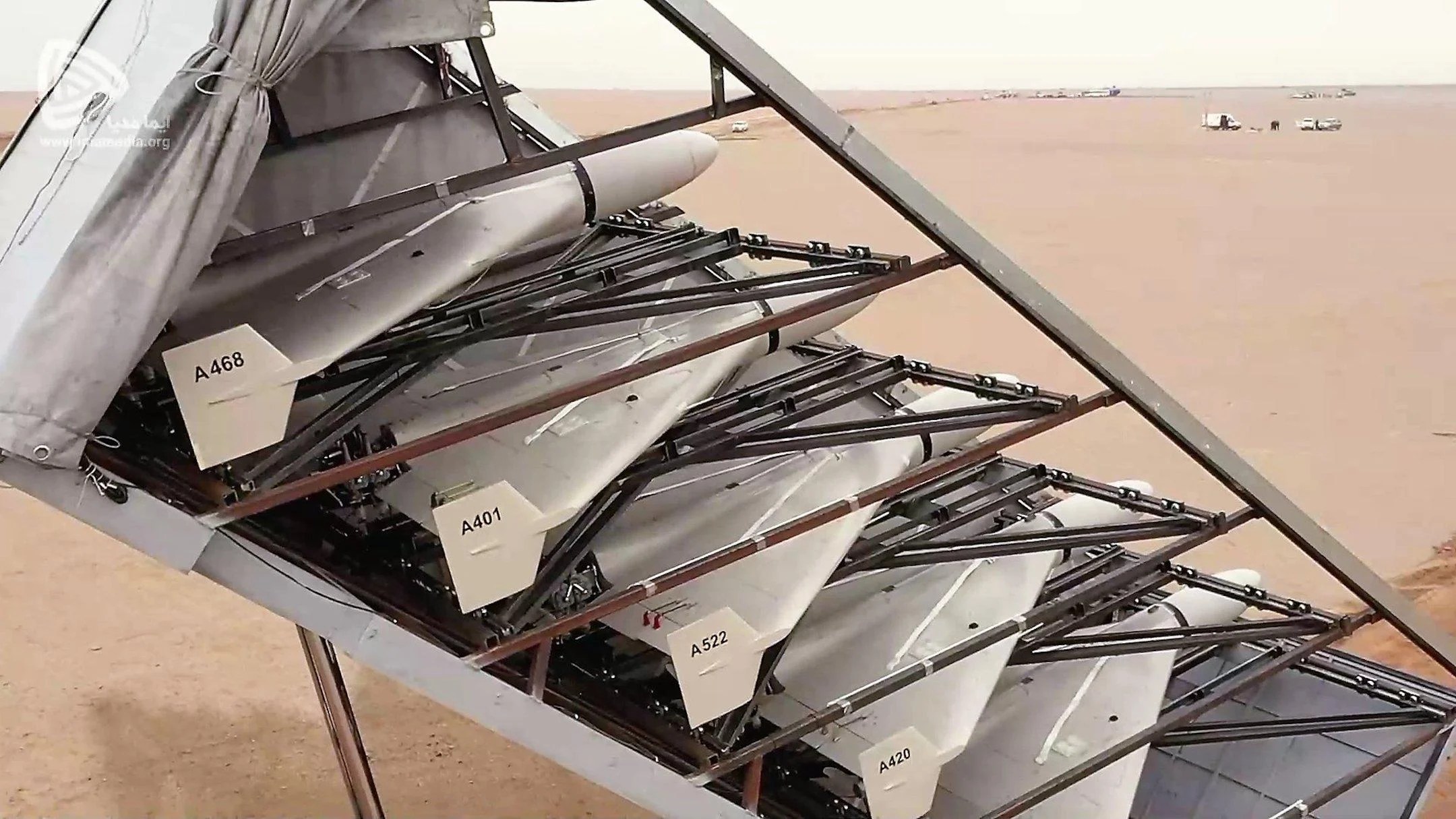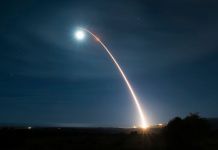War in Ukraine has escalated recently, particularly after a bomb blast that damaged the bridge over the Kerch Strait, a key supply route for Russia’s forces in southern Ukraine.
The bridge is also a significant artery for the port of Sevastopol, where the Russian Black Sea fleet is based. It had prompted “gleeful messages from Ukrainian officials but no claim of responsibility,” as BBC put it.
The White House on Sunday declined direct comment on the Kerch Bridge blast but said the United States would continue to arm Ukraine.
The damage to the bridge, an imposing symbol of Russia’s annexation of the Crimean Peninsula, came amid some sundry battlefield debacles for Russia.
It also took place at a time when concerns mounted that Russia could resort to using nuclear weapons after Putin, in recent weeks, repeatedly cautioned the West that any attack on Russia could provoke a nuclear response.
President Putin has accused Ukraine of orchestrating the explosion of a critical bridge linking Russia and Crimea, an act he described as terrorism. On Sunday, Putin met Alexander Bastrykin, the head of Russia’s Investigative Committee, who presented findings of an inquiry into what he said was Saturday’s explosion of a vehicle and subsequent fire on the bridge.
Speaking on camera, Bastrykin said investigators had established the vehicle’s route and the individuals involved in its movements. He said it had gone through Bulgaria, Georgia, Armenia, North Ossetia, and Russia’s Krasnodar region before arriving on the bridge.
Among those who helped Ukrainian special services prepare were “citizens of Russia and foreign countries,” Bastrykin added.
A criminal case has been launched on the explosion, Andrei Kartapolov, chairman of the defense committee of the State Duma, Russia’s lower house of parliament, told the Vedomosti news site, adding that “guilty parties” would be named.”
Russia Convinced Of NATO-Ukraine Conspiracy
Putin is convinced that the bombing of the Kerch Bridge is a conspiracy of NATO and Ukrainian secret sleuths keeping in mind the strategic significance of the bridge. Now the prestige of Russia was involved.
Putin did not think that the air strikes that he had ordered would be the adequate answer to the conspiracy to destroy the Kerch Bridge. Russian aircraft had launched at least 12 missiles, partially destroying a nine-story apartment block, leveling five other residential buildings, and damaging many more, Oleksandr Starukh, governor of the region, said on state-run television.

Repudiating the Western propaganda that the damaged bridge had disabled Russian supplies and travel, the Russian Transport Ministry, quoted by RIA news agency, said nearly 1,500 people and 162 heavy cargoes had traveled by ferry across the Kerch Strait since the explosion.
Russia’s Defense Ministry said on Saturday its forces in southern Ukraine could be “fully supplied” through existing land and sea routes.
Putin said on Monday that Ukraine had committed “terrorist acts” against Russia and pledged to react forcefully if they continued.
In televised remarks, Putin said Moscow had launched long-range missile attacks against Ukraine’s energy, military, and communications infrastructure on Monday in retaliation for an attack on a vital bridge linking Russia to the annexed Crimean Peninsula over the weekend.
It is evident that the Ukrainian secret services ordered, organized, and carried out the terrorist attack to destroy Russia’s critical civilian infrastructure,” Putin said of the bridge explosion.
And then Putin issued the veiled warning of a nuclear war in these words: “Russia would respond “harshly” to any further attacks by Ukraine.
If attempts continue to carry out terrorist acts on our territory, Russia’s responses will be harsh and, in their scale, will correspond to the level of threats created for the Russian Federation. No one should have any doubt about that,” Putin said. Russian law allows nuclear retaliation if there is a threat to the integrity of the Russian Federation.
Putin also accused Ukraine of attempting to attack a nuclear power plant in Russia and the TurkStream gas pipeline.
He repeated his assertion that Ukraine and its NATO backers were behind still-unexplained ruptures to the Nord Stream gas pipelines, which run from Russia to Germany under the Baltic Sea.
Keeping in mind what Putin says about the conspiracy hatched by various elements against his country, one may ask whether PM Modi’s cautioning Putin (no time for war) during the sideline talk in Samarkand SCO was not uncalled for.
What could have been Modi’s reaction if Putin had said the same thing to Modi about Kashmir?
Russia’s Changing War Strategy
Ukraine’s nuclear operator said Russian shelling cut the power again to the Zaporizhzhia Nuclear Power Plant, one of the most worrying flashpoints of the Russian invasion. The nuclear plant, Europe’s largest, needs power for critical safety systems. When shelling severs its power supply lines, the plant is forced to rely on diesel generators — a temporary stopgap.
In this surcharged war atmosphere, Russia shifted from missile attacks to the deployment of kamikaze drones in the war against Ukraine. Waves of explosives-laden suicide drones struck Ukraine’s capital Monday, setting buildings ablaze, tearing a hole in one of them, and sending people scurrying for cover or trying to shoot them down in what the Ukrainian president said was Russia’s attempt to terrorize civilians.
The concentrated use of the kamikaze drones was the second barrage in as many weeks — after months in which air attacks had become a rarity in central Kyiv. The assault sowed fear and frayed nerves as blasts rocked the city. Authorities said that energy facilities were struck, and one drone collapsed a residential building, killing four people.

Putin’s decision to shift emphasis to drones instead of missiles was calculated. In a sense, it was forced on Russia. The fact was that the American FGM-148 Javelin drones supplied by the US to Ukraine had wrought havoc on the tank division of the Russian Army deployed in Ukraine.
These powerful precision drones knocked out many Russian tanks advancing toward Ukraine or had already taken their positions.
But then, a new and unexpected element was added to Russia’s air attacks on Kyiv, the capital of Ukraine. Russia is reported to have ordered 2400 Shahed-136 drones from Iran, some consignments of which have already arrived and stand deployed in the attack on the capital city of Kyiv.
Russia has rebranded these as Geran-2.
Analysts believe the slower-moving Shahed drones can be programmed to hit specific targets using GPS unless the system fails accurately. So far, there is no evidence of their failure. These drones caused tremendous devastation in the capital city.
According to the RIA-Novosti news agency, the vice governor of the region, Anna Menkova, said three of the victims died when they jumped from the building’s upper floors to escape the flames. Six more people were missing. The Russian Defense Ministry said both crew members bailed out safely on a training mission.
One strike appeared to target the city’s heating network, hitting an operations center. Another slammed into a four-story residential building, ripping open a gaping hole and collapsing at least three apartments. Four bodies were recovered, including those of a woman six months pregnant and her husband, Klitschko. An older woman and another man also were killed there.
An Associated Press photographer caught one of the drones on camera, its triangle-shaped wing and pointed warhead visible against the blue sky.

The crucial part of this narrative is that Iran agreed to provide highly lethal drones to Russia, perhaps because the Russian drones were not effective against the American drone destroying the Russian tanks.
Secondly, it is also said that Russia may have run short of missiles, and it will take some time to refurbish its arsenals with the weapon.
Whatever the story, the point is that Iran indirectly joining the war in Ukraine adds a new dimension to the war. Ukraine President Zelensky has appealed to the European nations to impose sanctions on Iran for supporting an invading country.
This appeal will be heeded, and the European countries will likely take drastic measures against Iran. In retaliation, Iran might stop supplying oil and gas to European countries. This may be speculation, but it is not far from the ground reality we are noticing.
Russia’s oil is already banned, and in a situation in which the European countries impose sanctions on Iran, the fallout will be hazardous.
After all, Iran cannot exercise its arbitrary decision on an issue (oil) that affects the entire humanity. It is here that a great danger for World War III surfaces. And WWIII would mean a disaster of unprecedented magnitude.
- Padma Shri KN Pandita is the former Director of the Centre of Central Asian Studies at Kashmir University.
- Mail EurAsian Times at etdesk(at)eurasiantimes.com
- Follow EurAsian Times on Google News




